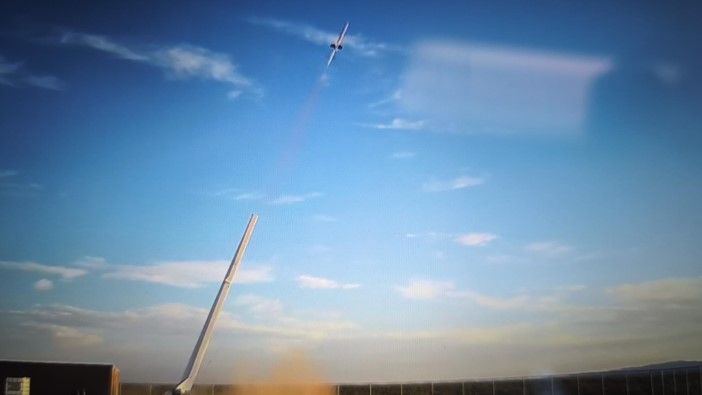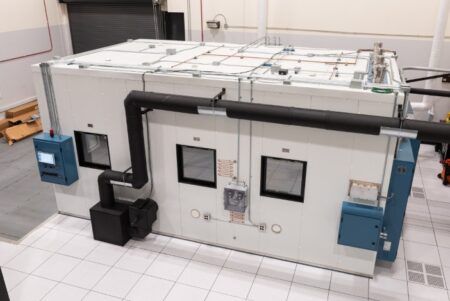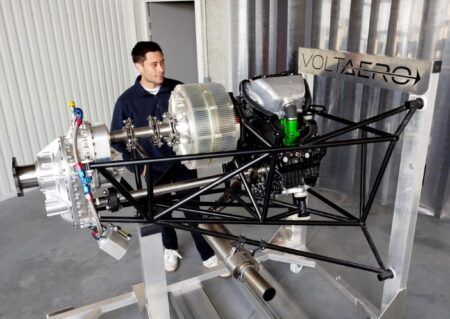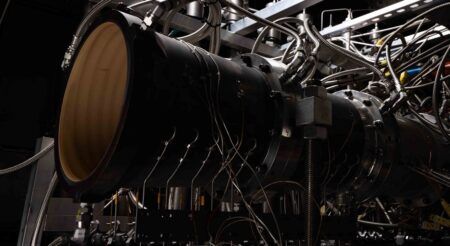A Houston-based aerospace startup has successfully completed the first US flight test of a Rotating Detonation Rocket Engine, proving the viability of breakthrough propulsion technology designed to enable vehicles to reach four to six times the speed of sound.
Venus Aerospace conducted the historic test at Spaceport America in New Mexico, demonstrating their proprietary Rotating Detonation Rocket Engine (RDRE) system – a technology that has been theorized since the 1980s but never before flown successfully in the United States. The milestone represents the first American flight demonstration of this advanced engine type.
“This is the moment we’ve been working toward for five years,” said Sassie Duggleby, CEO and co-founder of Venus Aerospace. “We’ve proven that this technology works—not just in simulations or the lab, but in the air. With this milestone, we’re one step closer to making high-speed flight accessible, affordable, and sustainable.”
The successful test validated the engine’s performance and system integrity under real flight conditions, despite challenging weather conditions including heavy winds on the evening before the flight attempt.
Scott McLaughlin, executive director of Spaceport America, commented: “Spaceport America was created to make space history, and Venus delivered a milestone moment for hypersonics today. Getting a rotating detonation rocket engine to the launch pad is an achievement few thought possible in such a short time.”
Compared to traditional rocket engines, RDREs offer improved efficiency and compactness, making them particularly suited for advanced aerospace applications. Venus’s engine is designed for scalability and affordability across both defense and commercial applications, potentially enabling passenger flights from Los Angeles to Tokyo in under two hours.
Dr. Rodney Bowersox, associate dean for research and professor of aerospace engineering at Texas A&M University said, “Rotating detonation rocket engines have been a scientific curiosity for decades. Venus is showing the world that they aren’t just academically interesting—they’re buildable, testable, and operational under real-world conditions.”
The RDRE is designed to integrate with Venus’s exclusive VDR2 air-breathing detonation ramjet. This combination enables aircraft to take off from conventional runways and transition to speeds exceeding Mach 6, achieving hypersonic cruise without requiring rocket boosters.
Venus plans full-scale propulsion testing and vehicle integration of this system as steps toward their ultimate goal: the Stargazer M4, a Mach 4 reusable passenger aircraft.
“This milestone proves our engine works outside the lab, under real flight conditions,” said Andrew Duggleby, co-founder and chief technology officer. “Rotating detonation has been a long-sought performance gain. Venus’ RDRE solved the critical steps to harness the theoretical benefits of pressure gain combustion.”
The global hypersonics market is projected to exceed US$12 billion by 2030, driven by demand across defense, aerospace, and commercial aviation sectors.
Founded in 2020, Venus Aerospace is developing next-generation propulsion technologies . The company is backed by investors including Airbus Ventures, Trousdale Ventures, America’s Frontier Fund, and Prime Movers Lab, with support from NASA and the US Air Force.





